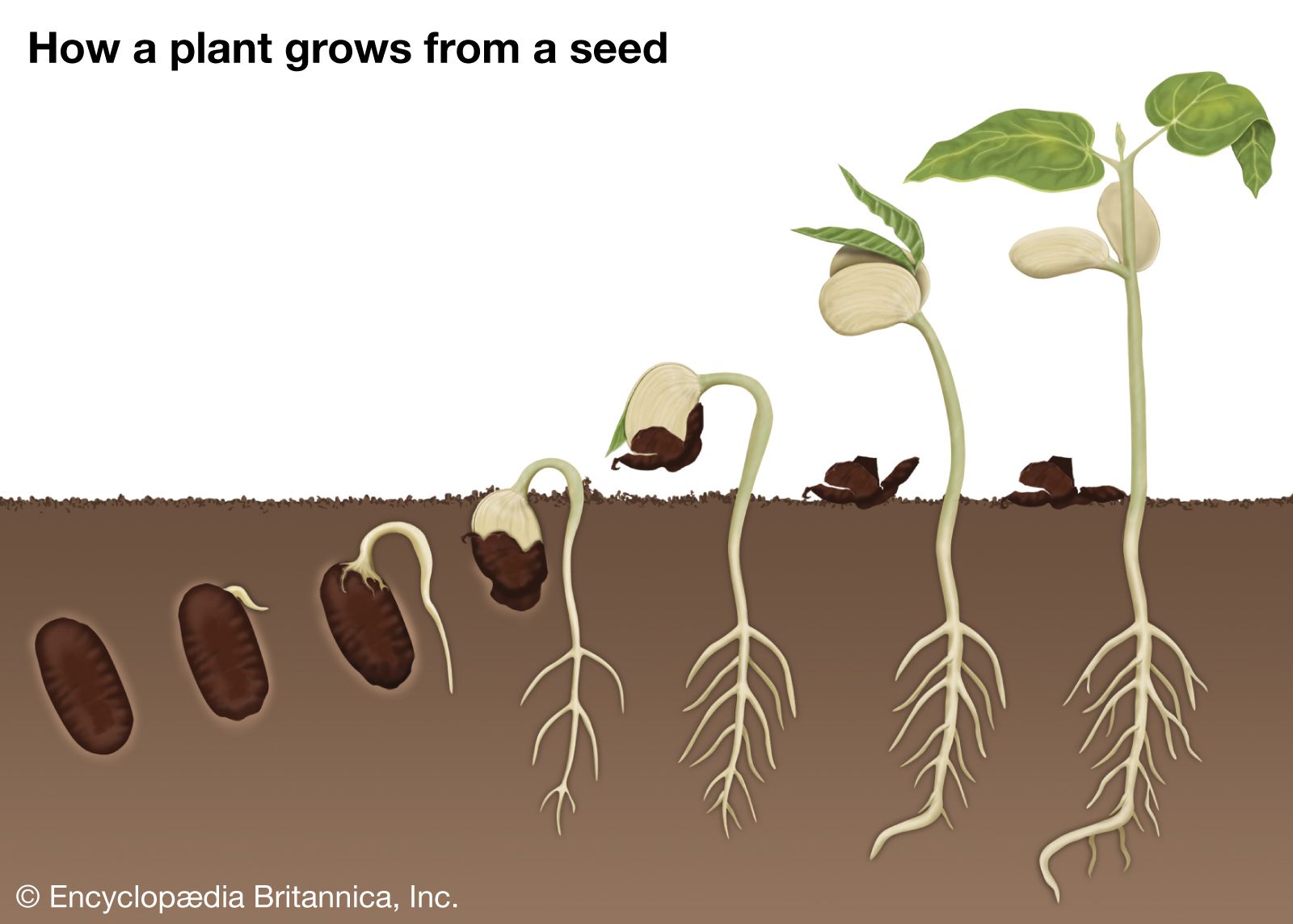Golden Trumpet Vine or Allamandas (Allamanda spp.) are known for their large yellow to gold trumpet like flowers that appear in abundance from spring to autumn. These flowers are contrasted with the glossy green leaves of the vine that further enhances their bright appearance.
Alamanda is a tropical flowering plant cherished for its abundant trumpet-shaped yellow blooms. While often propagated from cuttings, alamanda can also be grown from seeds. Starting alamanda from seeds allows you to gain plants for free while observing the fascinating process of germination. With proper harvesting, storage, and sowing, alamanda seeds can yield many beloved plants.
Harvesting Alamanda Seeds
The first step in growing alamanda from seed is collecting ripe seeds from existing plants Here are some tips
-
Identify seed pods that have turned brown and brittle, indicating maturity Pinch pods to check for dryness
-
Harvest pods by snipping from the plant and placing in paper bags Air dry indoors for 1-2 weeks,
-
To extract the small black seeds, crush dried pods by hand over a bowl. Pick out debris.
-
Optional step: Soak seeds in water overnight then dry on a paper towel. This can improve germination.
-
Store harvested seeds in an airtight container in a cool, dry place until ready to sow.
How Alamanda Seeds Germinate
Understanding the germination process helps ensure success:
-
Like many plants, alamanda has hard seed coats that need scarifying to allow water intake. Soaking in hot water or scratching with sandpaper can scarify.
-
Once soaked with water, the embryo inside the seed awakens and begins growing, splitting open the seed coat.
-
The radicle emerges first as the primary root. Next the plumule emerges to form the first shoot and leaves.
-
With its stored food, the seedling continues growing until it can form its own food via photosynthesis.
-
Consistent warmth and moisture are vital for the seed to complete germination and grow. Temperatures of 70-80°F are ideal.
Storing Alamanda Seeds
To retain viability until sowing, alamanda seeds must be stored properly:
-
Keep seeds in a tightly sealed container free of excess moisture and humidity. Glass jars or zipper bags work well.
-
Store container in a consistently cool place around 60-70°F like a refrigerator. Avoid freezing or high heat.
-
Check seeds periodically for mold, drying out, or other deterioration. Discard any bad seeds.
-
For best longevity, store for only 1-2 years. Older seeds lose viability and fail to germinate well.
-
Label containers with the seed type and date collected. This helps when sowing later.
Proper dry, cool storage prevents mold, decay, and death of the embryo within the seed. Handle seeds carefully to maintain viability.
How to Sow Alamanda Seeds
Once you’ve harvested and stored seeds correctly, sowing them is easy:
-
Fill starter pots or trays with a light, sterile potting mix. Moisten the mix prior to planting.
-
Gently press seeds just below the mix surface, spaced 1-2 inches apart. Tiny seeds can be sprinkled over the top.
-
Water thoroughly initially then keep the potting mix consistently moist but not saturated.
-
Provide warmth consistently around 70-80°F. Bottom heat from seedling mats helps.
-
In about 2-4 weeks, seedlings should emerge. Gradually acclimate them to more sun over a week.
-
Harden off young plants before transplanting into the garden. Move outdoors temporarily to adjust them to wind and direct sun.
-
Transplant outdoors after the last frost when the plant has 4-6 true leaves. Space plants 2-3 feet apart in fertile, well-draining soil.
With proper sowing technique, you’ll gain lovely alamanda plants from harvested seeds in no time!
Common Questions About Alamanda Seeds
Growing alamanda from seeds can raise some questions for the first time seed saver. Here are answers to some frequently asked questions:
How do I know when alamanda seeds are ripe?
Ripe seed pods turn brown, dry, and brittle. Seeds inside are black. Pinch pods to check dryness before harvesting.
How long is the alamanda seed viable?
Alamanda seeds stored properly in cool, dry conditions can remain viable for 1-3 years. Their viability decreases over time.
How long does it take for alamanda seeds to sprout?
Given warm temperatures and consistent moisture, alamanda seeds typically germinate in 2-4 weeks after sowing.
Should I soak alamanda seeds before planting?
Soaking in hot water for 24 hours can improve germination but is optional. Just sowing correctly can yield good germination.
Can I transplant my alamanda seedlings outdoors now?
Wait until seedlings have 4-6 true leaves and harden them off first. Transplant after the last frost into the garden.
Growing alamanda from seed provides an up-close look at the wonder of germination. With attentive harvesting, storage, and sowing, you can propagate these beauties for free for years of garden enjoyment.

How to grow allamanda in a garden
- If growing in cooler climates, they will require plenty of protection from frosts. Best performance is seen in the warmer more tropical climates.
- Allamandas are sprawling climbers and if growing on a trellis or wall will require plenty of support to grow.
- They can be grown as a low hedge like plant or ground cover. Regular pruning and maintenance is required to maintain shape and form.
- Wear gloves when pruning to protect your skin from the milky sap.
- Some species are classified as Environmnetal Weeds in tropical areas. Check with your local council for further information.
Other Plants You Might Like
How to Grow Agapanthus
How to Grow Ageratum
How to Grow Ajuga
How to Grow Allamanda
Yates 15kg Dynamic Lifter Organic Plant Food & Soil Improver Pellets
Yates 30L Premium Potting Mix With Dynamic Lifter
Yates 500mL Thrive Roses & Flowers Liquid Plant Food
Yates 1L Thrive Natural Roses & Flowers Liquid Plant Food Concentrate
